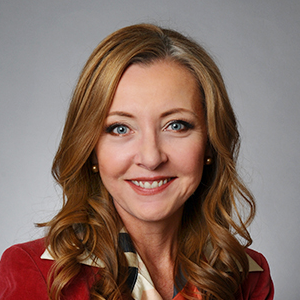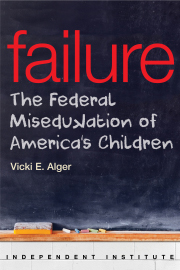The biggest problem with President Barack Obama’s proposal to make two-year community college “as free as high school,” which he has dubbed America’s College Promise, is that the new “free” associate degrees will become as costly and meaningless as many high school diplomas.
For the record, American public elementary and secondary schools already spend more than $13,500 per pupil per year on average—slightly more than two-year colleges spend.
That’s hardly the kind of “free” any of us can afford, even if public secondary schools were getting results. Which they are, of course, but the wrong kind.
The national high school graduation rate may have reached an historic high of more than 80 percent, but the average college freshman reads at a middle-school level, according to the educational assessment firm Renaissance Learning. National Assessment of Educational Progress results for twelfth-grade public school students released last summer also show that just one-quarter score proficient or better in math, and slightly more than one-third (36 percent) are proficient in reading.
So the story is simple: U.S. public schools are awarding high school diplomas to millions of students who haven’t mastered the basics—a fact that even U.S. Secretary of Education Arne Duncan admitted when he derided the “educational stagnation in our high schools” last year.
Not surprisingly, some 75 percent of freshmen entering public two-year colleges need remedial work in English, math, or both, according to the National Center for Public Policy and Higher Education. There’s no good reason to believe that academic quality—much less affordability—will improve by expanding the federal government’s reach into higher education, or taxpayers’ wallets.
At last count our national debt was $18 trillion. Mounting evidence indicates that student debt, which now exceeds $1 trillion, is adding to the drag on our economy. Decades of government “financial aid” have done little to help and, according to any number of studies, have probably made matters worse, encouraging colleges and universities to increase tuition and fees. The last thing we should be doing is spending another $60 billion to $70 billion annually on public two-year colleges where barely 1 in 5 students earns a degree in three years.
What is “free” in the president’s equation are the schools: they, like the high schools that supply them with students who are poorly equipped to do college-level work, would be free of responsibility.
What is needed to make higher education more affordable are better incentives for students to buckle down, study and get their degrees on time, not more high-priced, top-down government giveaways.
Instead of funneling hundreds of billions of dollars annually to public institutions that face no consequences for out-of-control price increases, what we should do is provide the money directly to students as performance grants.
To qualify for these grants, students would have to demonstrate financial need and complete their chosen degree programs as stipulated. Otherwise, their grants would convert into loans that must be repaid.
Schools, two and four-year alike, would have to compete for students and their associated grant funding, which would exert powerful pressure on the schools to control costs, keep program quality high and offer more generous institutional aid—or risk losing students to other institutions.
Want to make higher education an engine for economic growth? Don’t make it “free.” Make it free market, as the Nobel Prize-winning economist Milton Friedman recommended decades ago.









